USD/CAD Currency Cross
The quotation for the USD/CAD currency pair informs the reader of how many Canadian dollars must be exchanged for one USD.
The currency pair representing the U.S. dollar and the Canadian dollar is denoted by the symbol USD/CAD. The quotation for the USD/CAD currency pair informs the reader of how many Canadian dollars must be exchanged for one USD.
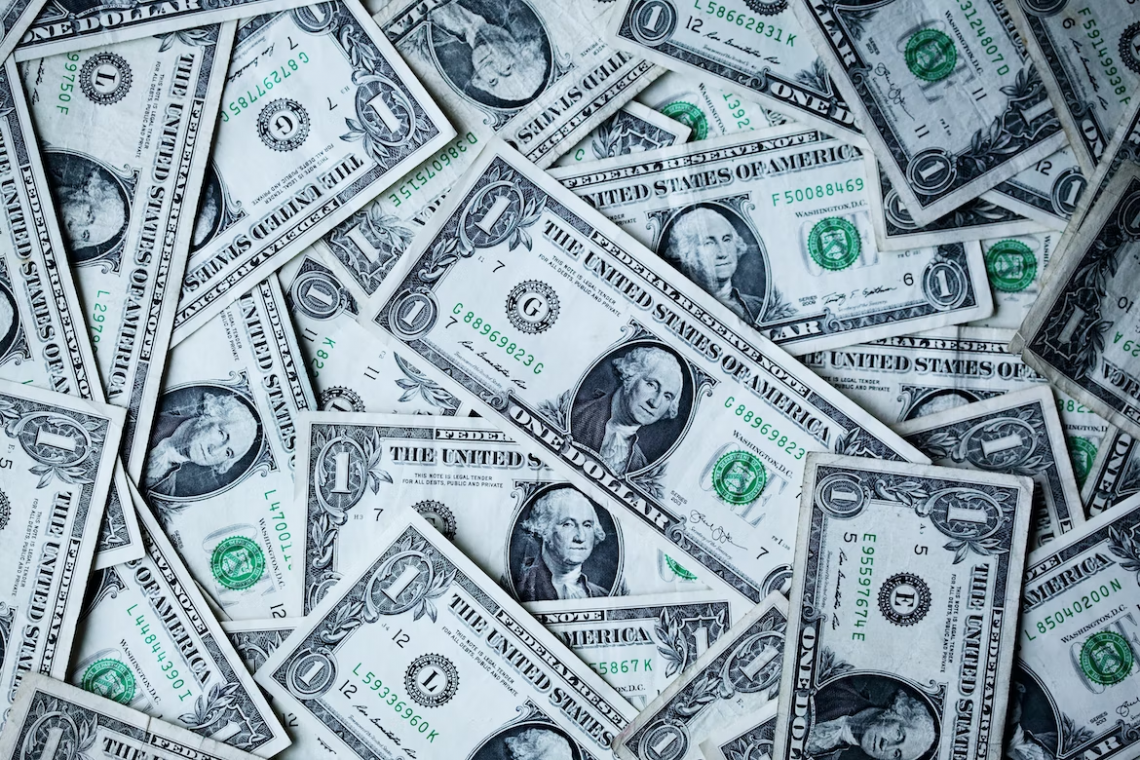
Currently, 1 U.S. dollar is around 1.38 Canadian dollars. However, due to the solid economic and commercial links between Canada and the United States, the USD/CAD currency pair is regularly traded.
The official money (currency) of the United States of America is the United States dollar (also known as the American dollar). Some nations outside of the U.S. utilize it as well. It is the standard form of payment in international markets for commodities like gold and oil (petrol).
Canada's official currency is the Canadian dollar. The Canadian dollar ranks after the U.S. dollar, the euro, the yen, and the sterling as the fifth most widely held reserve currency in the world, making up around 2% of all reserves.
Because of Canada's relatively stable economy, solid sovereign position, and stability of its judicial and political institutions, the Canadian dollar is favored by central banks.
Since the U.S. accounts for 53.3% of imports into Canada and 76.7% of its exports, Canadians are primarily concerned with the value of their currency, the dollar.
Although domestic worries surface when the dollar trades much below its U.S. equivalent, exporters also worry when the currency rapidly gains. The cost of Canadian exports to the United States rises when the dollar value rises.
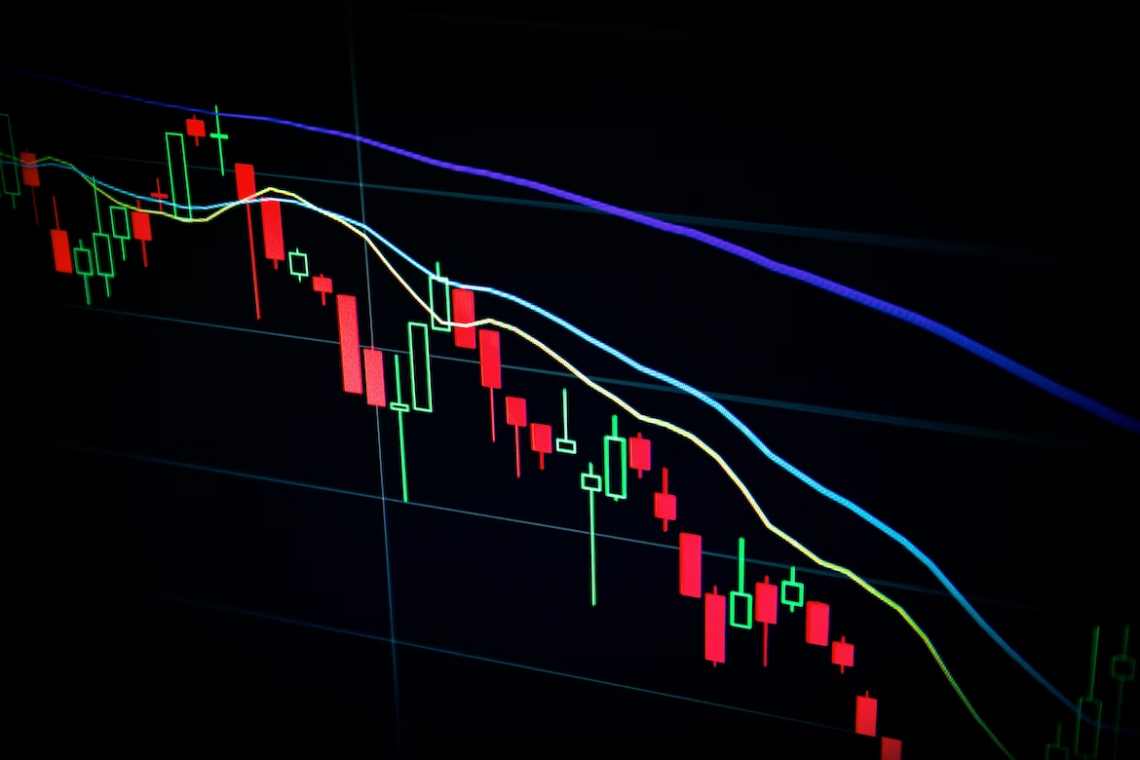
On the other hand, there are benefits to a stronger currency, such as making it more affordable for Canadian enterprises to buy goods and services from abroad. In addition, the Canadian dollar has a history of moving in sync with the American dollar on international markets.
The U.S. Dollar
The official currency of the United States and numerous other nations is the U.S. dollar. The Federal Reserve System, which serves as the country's central bank, manages the monetary policy of the United States.

The most popular and freely floating currency in international trade is the dollar. In the currency basket of the IMF's special drawing rights, the U.S. dollar is joined by the following major currencies of the world: the euro, pound sterling, Japanese yen, and Chinese yuan.
Globally, central banks keep sizable reserves of U.S. dollars and regularly purchase U.S. treasury bills and notes. In most cases, the U.S. dollar is the standard currency unit used to quote and trade goods and settle payments in the global commodities markets.
The U.S. Dollar Index is a crucial predictor of the strength or weakness of the dollar relative to a basket of six different currencies.
The Federal Reserve, a branch of the U.S. government, has the authority to create U.S. dollars/ Therefore, the United States Government can borrow trillions of dollars from the international capital markets at highly low-interest rates and with almost no default risk.
In contrast, foreign governments and businesses unable to raise funds in their national currencies are compelled to issue debt in U.S. dollars, which carries higher interest rates and default risks.
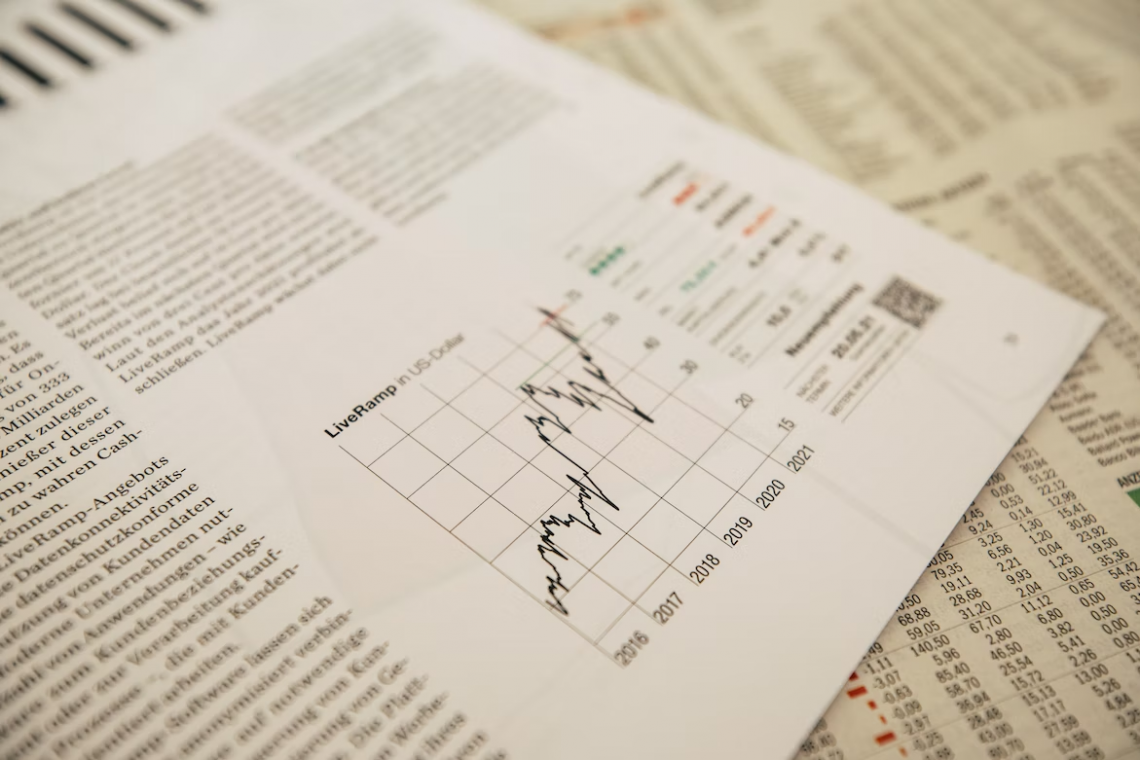
It has been commonly stated that the United States has an excessive privilege in that it may borrow in its currency without experiencing a severe balance of payments issue.
The Canadian Dollar
The Canadian dollar is used as official money in Canada. After the U.S. dollar, the euro, the yen, and the pound, the Canadian dollar is the world's fifth most widely used reserve currency.
Central banks favor the Canadian dollar because of its relatively secure economy, solid sovereign position, and stability of its judicial and political institutions.
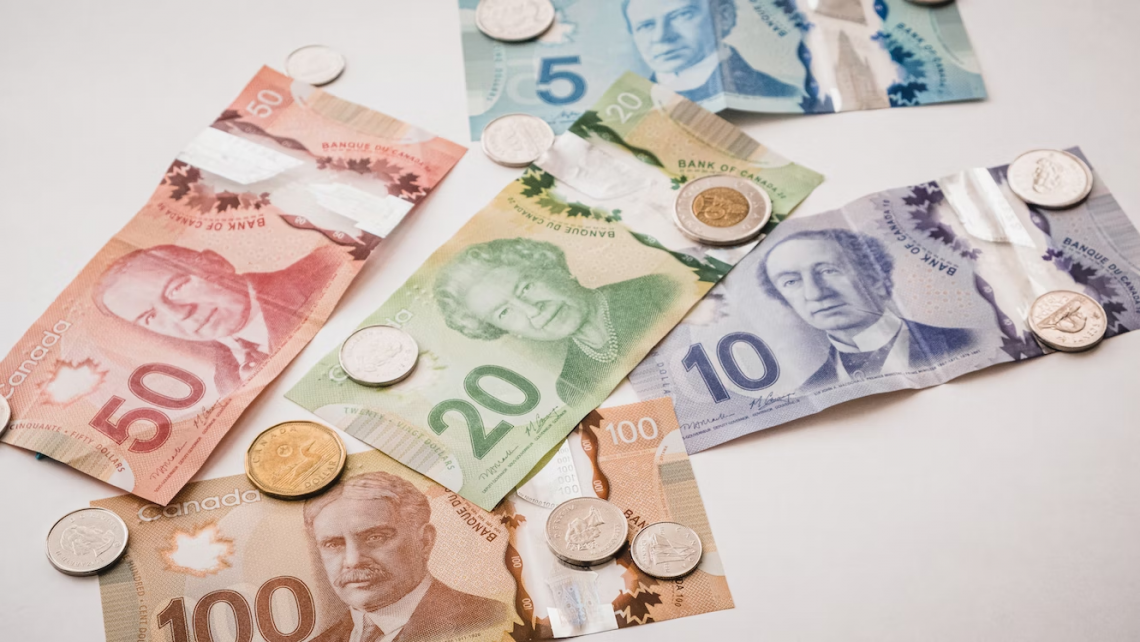
Over the past five years, the Canadian dollar has been among the most volatile of all international currencies. For example, the value of the Canadian dollar in U.S. currency at the start of 2002 was 62 cents. However, the dollar and the U.S. dollar were nearly equal at the end of 2007.
In five years, there has been a 60 percent increase in value. However, since the U.S. and Canadian inflation rates are nearly identical, the actual exchange rate fluctuated equally.
In other words, the average cost of products and services grew by 60% in Canada relative to U.S. pricing.
The exchange rates of the world's major currencies have significantly varied during the last few decades. For example, the 1980s saw more changes in the Japanese yen's value concerning the U.S. dollar than in the Canadian dollar recently.
Over the past ten years, the Canadian dollar's volatility has grown, especially compared to the U.S. dollar. The Canadian dollar's swings are also relatively enduring. The value of Canada's currency is inversely correlated with the value of its exports in U.S. dollars.
Parity Between USD and CAD
The Great Recession occurred between 2007 and 2009 and was a time of significant worldwide economic contraction. However, the recession's size and timing differed from nation to nation.
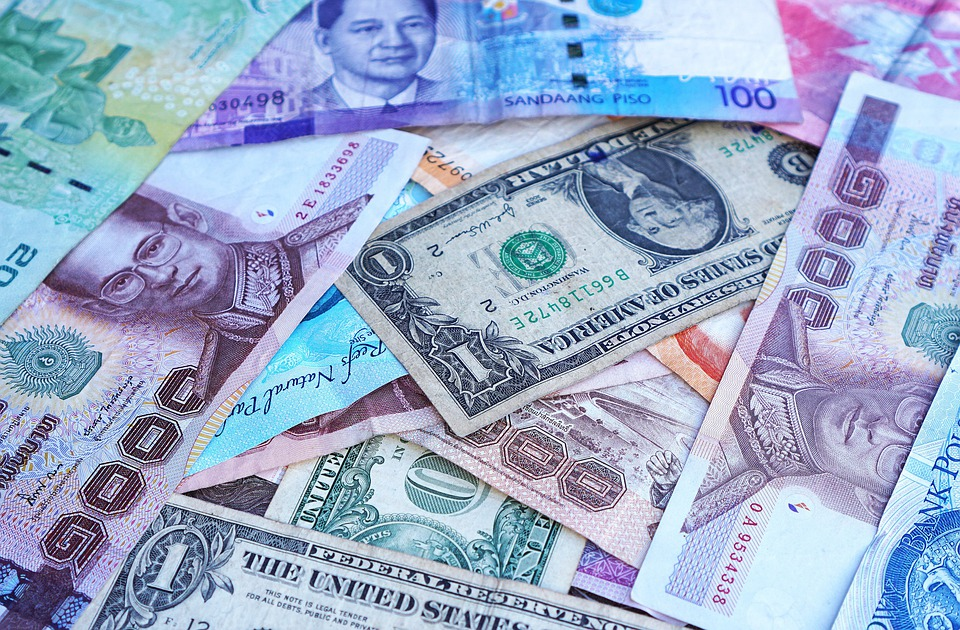
The International Monetary Fund (IMF) concluded that it was the worst economic and financial crisis since the Great Depression. A significant disturbance in regular international interactions was one outcome.
The USD/CAD pair's long-standing relationship had reached price parity.
For instance, the Canadian dollar climbed against the U.S. dollar to trade below parity. Finally, it hit 0.95 in the wake of the Great Recession and the accompanying quantitative easing by the U.S. Federal Reserve.
In reality, nearly every incidence of parity has been linked to times when the United States has experienced financial hardship, when oil prices have been high, and occasionally both. In addition, the exchange rate in Canada and the U.S. dramatically affects trade, travel, and lifestyles.
However, in 2016, oil prices plunged to decade-low levels, selling under $30 per barrel. As a result, the Canadian dollar traded at a record low of 1.46. This meant that to purchase one U.S. dollar, it took 1.46 Canadian dollars.
Although it would be incorrect for traders to presume a one-to-one connection, the United States is Canada's largest trading partner, and U.S. policies may substantially impact how the Canadian dollar is traded.
To save costs, some production and labor outsourcing moves to Canada when the U.S. currency is more robust.

Additionally, more Canadian items are imported into the U.S. because it is generally cheaper there, so Americans are more inclined to visit or make purchases there.
Although the USD/CAD currency combination has occasionally approached parity (i.e., 1:1), historically, the U.S. dollar has been the more powerful of the two.
Due to the solid economic and commercial links between Canada and the United States, the USD/CAD currency pair is extremely regularly traded.
When the Canadian currency is stronger, the reverse is accurate. As a result, businesses will often import more goods from the U.S. into Canada, and Canadians will likely spend more time traveling to and purchasing real estate in the U.S.
Elements that Impact the USD/CAD Exchange Rate
The economic and political climates on either side of the border impact the USD/CAD exchange rate. We'll examine issues that frequently affect each nation below.
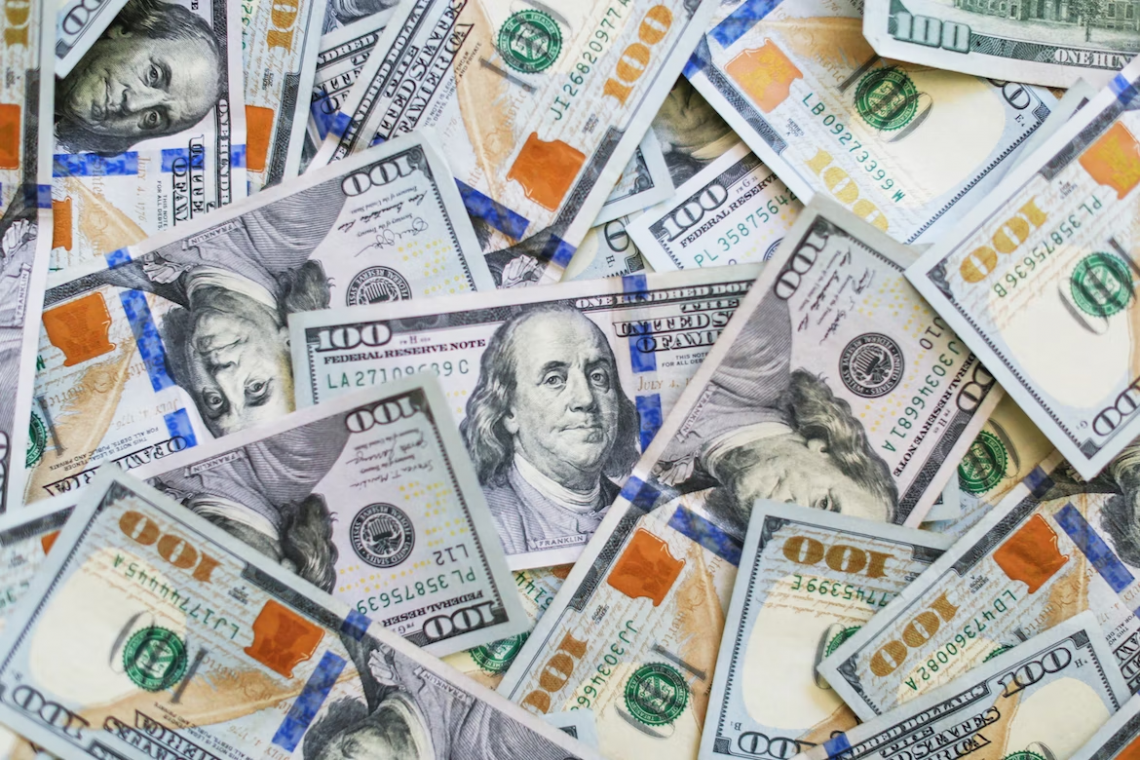
The USD/CAD currency pair indicates the stated rate for converting U.S. dollars to Canadian dollars or how many CAD are given for each USD.
For instance, a USD/CAD exchange rate of 1.35 indicates that it costs 1.35 Canadian dollars to buy one U.S. dollar.
Factors that affect how much the U.S. dollar and/or the Canadian dollar are worth for one another and other currencies impact the USD/CAD.

Because of this, the value of these currencies will fluctuate depending on the interest rate difference between the Federal Reserve (Fed) and the Bank of Canada (BoC).
For instance, the value of the USD/CAD cross will rise when the Fed intervenes in open market operations to strengthen the U.S. currency since it will cost more Canadian dollars to buy the stronger U.S. dollar.
The price of commodities, mainly crude oil, and the value of the Canadian dollar are closely tied. This is because oil prices determine the economy's status and currency's value. After all, the Canadian economy is so dependent on oil.

The Canadian dollar is frequently referred to as a commodity currency.
The few elements are detailed below;
1. Growth rates for the Gross Domestic Product (GDP)
Gross Domestic Product (GDP) is the monetary worth of all finished products and services produced in a nation during a specific time, expressed in local currency.
It is the most comprehensive financial indicator of a country's overall economic activity. Consumer spending on goods and services includes all personal and public outlays, investments, and net exports.
2. Rate of Unemployment
For a variety of reasons, Canada's unemployment rate has historically been more significant than that of Europe or the U.S.:
- Canada’s share of seasonal industries is greater.
- More people live in Canada’s smaller, more remote towns, which makes it more difficult to match open positions with qualified applicants.
- A surplus of employees has resulted from mass immigration.
3. The Federal Reserve establishes interest rates.
The Federal Reserve is the world's largest free-market economy's apex financial institution and the central bank of the United States of America.
The U.S. has a significant impact on the international economy, making the Fed one of the most important financial organizations in the world.
The Federal Reserve independently manages the government's monetary policy without the involvement of lawmakers.
Additionally, it carries out all other central bank duties, such as controlling bank operations and gathering data on the U.S. and worldwide economies, to preserve financial stability.
4. The Bank of Canada establishes interest rates.
Most countries are witnessing rises in core inflation measures, and global inflation remains high. Because of this, central banks worldwide continue tightening monetary policy.
Although economic growth has slowed, the U.S. job market is still fairly tight. In addition, China continues to face issues due to COVID shutdowns. Although the cost of oil, wheat, and lumber has reduced, the cost of natural gas has grown. As a result, the price of commodities has varied.

The Canadian CPI inflation rate dropped from 8.1% to 7.6% in July as a result of a drop in the price of gasoline. However, data indicates widening pricing pressures, particularly in the services sector, and inflation that does not include fuel price hikes.
The core inflation indices, which were between 5% and 5.5% in July, maintained their upward trajectory. Expectations for short-term inflation are still strong. The likelihood of persistently high inflation increases the longer this goes on.
5. Overall public debt and budget deficits
The amount of money the federal government has borrowed to pay the remaining balance of costs incurred through time is known as the national debt.

For the U.S., the deficit can rise due to legislation that increases spending on Social Security, health care, and the military.
During the COVID-19 pandemic, revenues rose from around $3.5 trillion in 2019 to $4 trillion in 2021. However, increasing government expenditure on healthcare and severe unemployment led to a surge in the deficit.
For Canada, the combined debt of the federal or central government and every provincial, territorial, local, and Indigenous government is known as the public debt.
With rising costs for things like health and social services during the first year of the COVID-19 pandemic, the CGG's deficit reached a record high of $325.5 billion, or 14.8% of GDP, setting a new record.
- 1 U.S. dollar is around 1.38 Canadian dollars (October 2022).
- The value of these currencies will fluctuate depending on the interest rate difference between the Federal Reserve (Fed) and the Bank of Canada (BoC).
- Due to the strong economic and commercial links between Canada and the United States, the USD/CAD currency pair is extremely regularly traded.
- Although the USD/CAD currency combination has occasionally approached parity (i.e., 1:1), historically, the U.S. dollar has been the more powerful of the two.
- The USD/CAD cross value will rise when the Fed intervenes in open market operations to strengthen the U.S. currency since it will cost more Canadian dollars to buy the stronger U.S. dollar.
- The price of commodities, mainly crude oil, and the value of the Canadian dollar are closely tied. This is because the cost of oil determines the economy's status and the currency's worth. After all, the Canadian economy depends on oil.
Researched and authored by Rohan Joseph Sajan | LinkedIn
Free Resources
To continue learning and advancing your career, check out these additional helpful WSO resources:




or Want to Sign up with your social account?